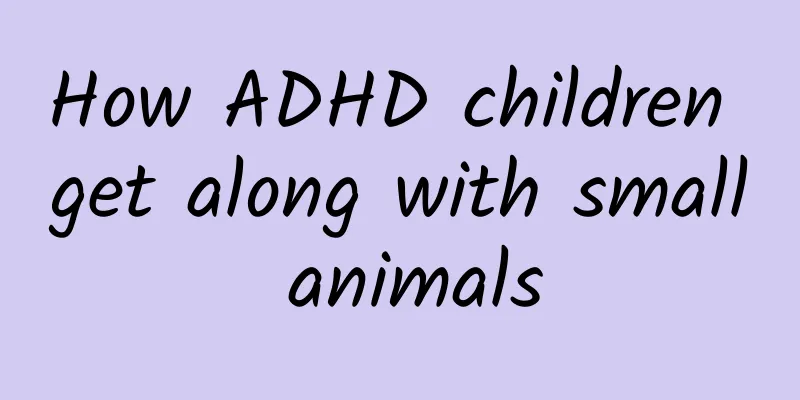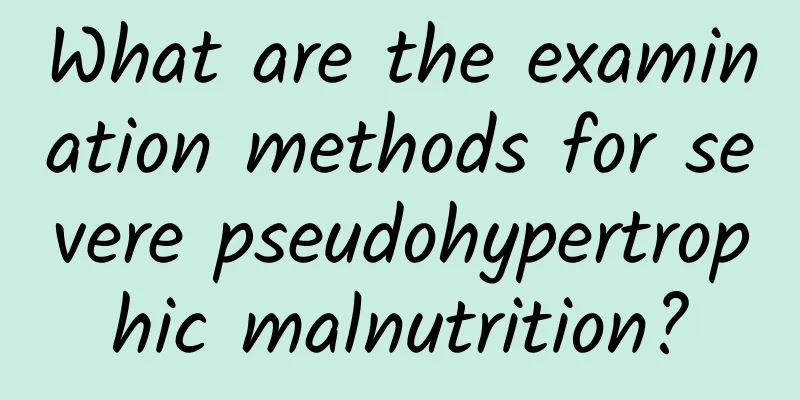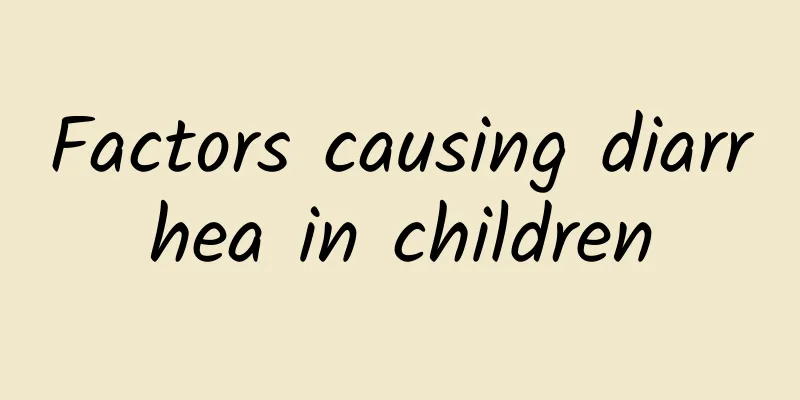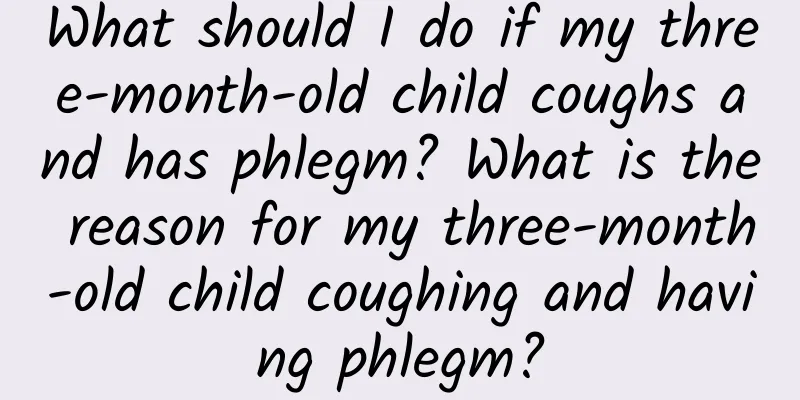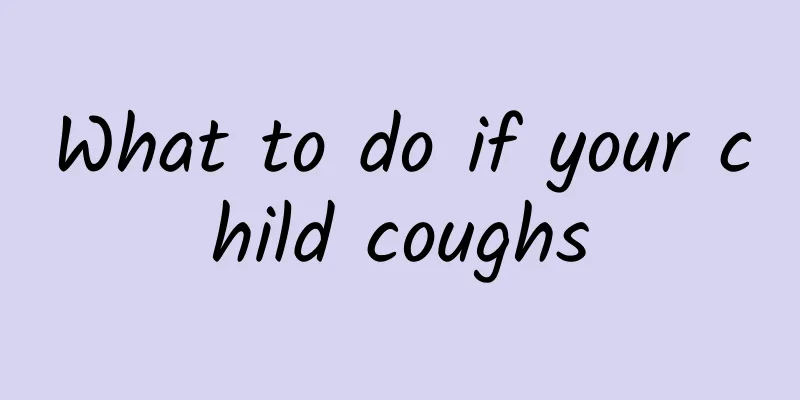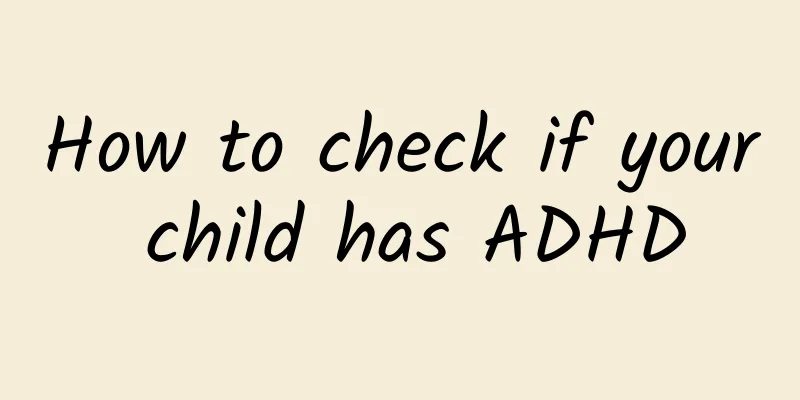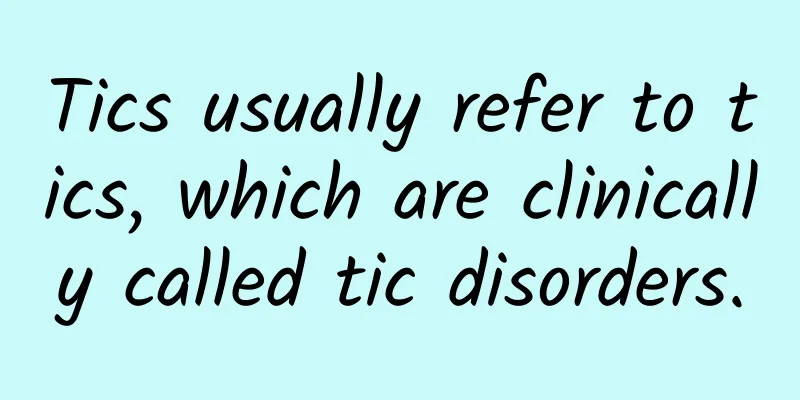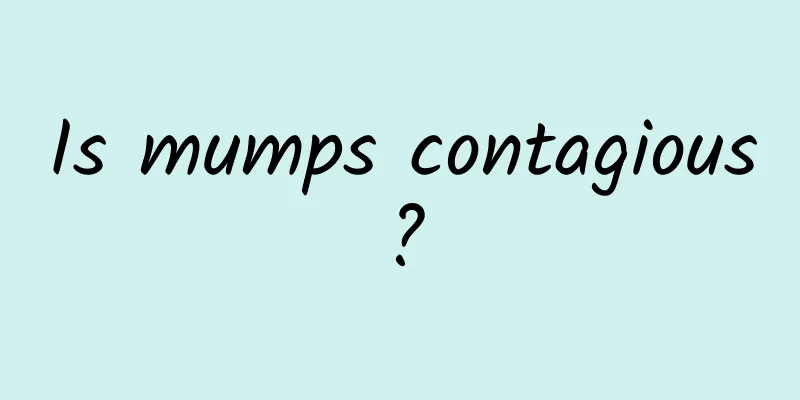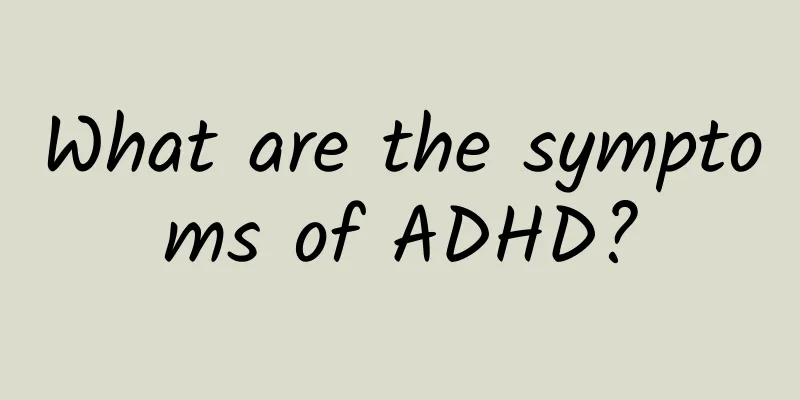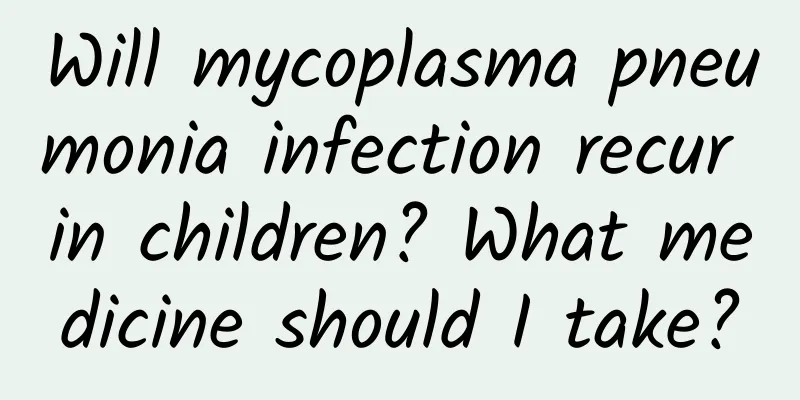What are the main symptoms of pneumonia in children?
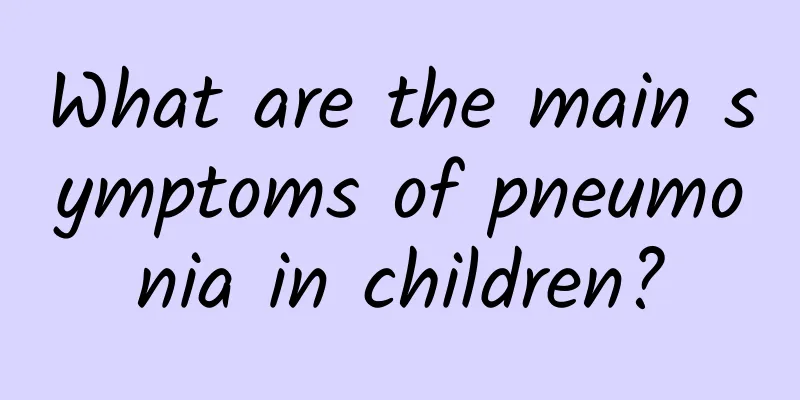
|
The main symptoms of pneumonia in children include shortness of breath, fever, cough, loss of appetite and mental depression. In severe cases, cyanosis, wheezing or drowsiness may occur. See a doctor promptly for a clear diagnosis and treatment. Parents need to closely observe their children's performance and intervene as soon as possible to reduce risks. 1. Shortness of breath and cough When children have pneumonia, they usually experience shortness of breath or even difficulty breathing due to lung infection. Cough is the most common symptom, which may initially be a dry cough, and as the disease progresses, thick sputum may appear. If a child's breathing rate is significantly accelerated (such as wheezing more than 50 times per minute in children under 1 year old) or breathing with abnormal effort, seek medical help immediately. 2. Fever and systemic symptoms Most cases of pneumonia in children are accompanied by fever, which is usually high fever (over 38°C), but may also be low fever or even no obvious fever. Systemic symptoms also include mental depression, unwillingness to move, poor response to the environment, and in severe cases, drowsiness or irritability may occur. For children with persistent high fever, physical cooling can be used in conjunction with antipyretic drugs prescribed by doctors (such as acetaminophen or ibuprofen), but drugs should not be abused. 3. Loss of appetite and vomiting Pneumonia often affects the digestive system, causing children to lose their appetite, refuse milk or eat less, and even vomit and bloating. Parents need to ensure that their children drink enough fluids to avoid dehydration. If the child is completely unable to eat, they should go to the hospital in time for intravenous rehydration treatment. 4. Severe symptoms: cyanosis and wheezing When the condition of a child with pneumonia worsens, he or she may develop bluish lips and nails due to lack of oxygen, accompanied by wheezing and flaring of the nose. This indicates that the lung infection may have seriously affected the oxygen exchange function, and the child needs to go to the hospital immediately for oxygen therapy, combined with intravenous antibiotics or nebulization therapy. 5. Irritation signal: hoarseness and chest pain Some children may have hoarseness or chest pain due to pleural involvement in addition to coughing. Such signals indicate that the lesion may no longer be localized, and further examination is needed to determine whether there is pleurisy or extrapulmonary infection. Through imaging examinations (such as chest X-rays) and blood tests, doctors can identify the problem and develop more effective treatment plans. Parents should remember that the symptoms of pneumonia in children vary and can be life-threatening in severe cases. If a child has persistent shortness of breath, changes in complexion, or abnormal mental state, they should seek medical attention and receive treatment immediately. Identifying symptoms as early as possible is the first step to protecting your child's health. |
<<: What is hernia in children and what are the symptoms
>>: Medication for herpetic pharyngitis and hand, foot and mouth disease in children
Recommend
Will kidney disease recur in children?
Why do children have recurrent kidney disease? Do...
Tics usually refer to tics, which are clinically called tic disorders.
Tics usually refer to tics, which are clinically ...
What is ald
ALD, or adrenoleukodystrophy, is a rare genetic d...
Can acute laryngitis in children be cured?
Can acute laryngitis in children be cured? The an...
Which hospital is good for jaundice treatment?
Many babies will have some jaundice when they are...
What to do if you have jaundice and yellow urine
The treatment of jaundice with yellow urine inclu...
Can Kawasaki disease be cured?
Kawasaki disease is a rare disease. So can it be ...
Traditional Chinese Medicine Treatment of Hernia in Children
Traditional Chinese Medicine Treatment of Hernia ...
Reasons for high jaundice in babies
Newborns have too many red blood cells in their b...
Symptoms of mumps
Symptoms of mumps: Symptoms of mumps generally in...
What is the best thing for babies to eat if they have poor appetite? How can we stimulate their appetite?
An infant's loss of appetite is affected by v...
How to treat pathological jaundice? What is the normal value of transcutaneous jaundice measurement?
Neonatal jaundice occurs after birth and is gener...
What causes body coldness?
Feeling cold may be the result of many factors. W...
What are the treatments for hernia in children? How to care for hernia in children?
There are two main treatments for hernia in child...
Attention Deficit Bladder Patients: Four Diseases
Hyperactive bladder may be related to four diseas...
